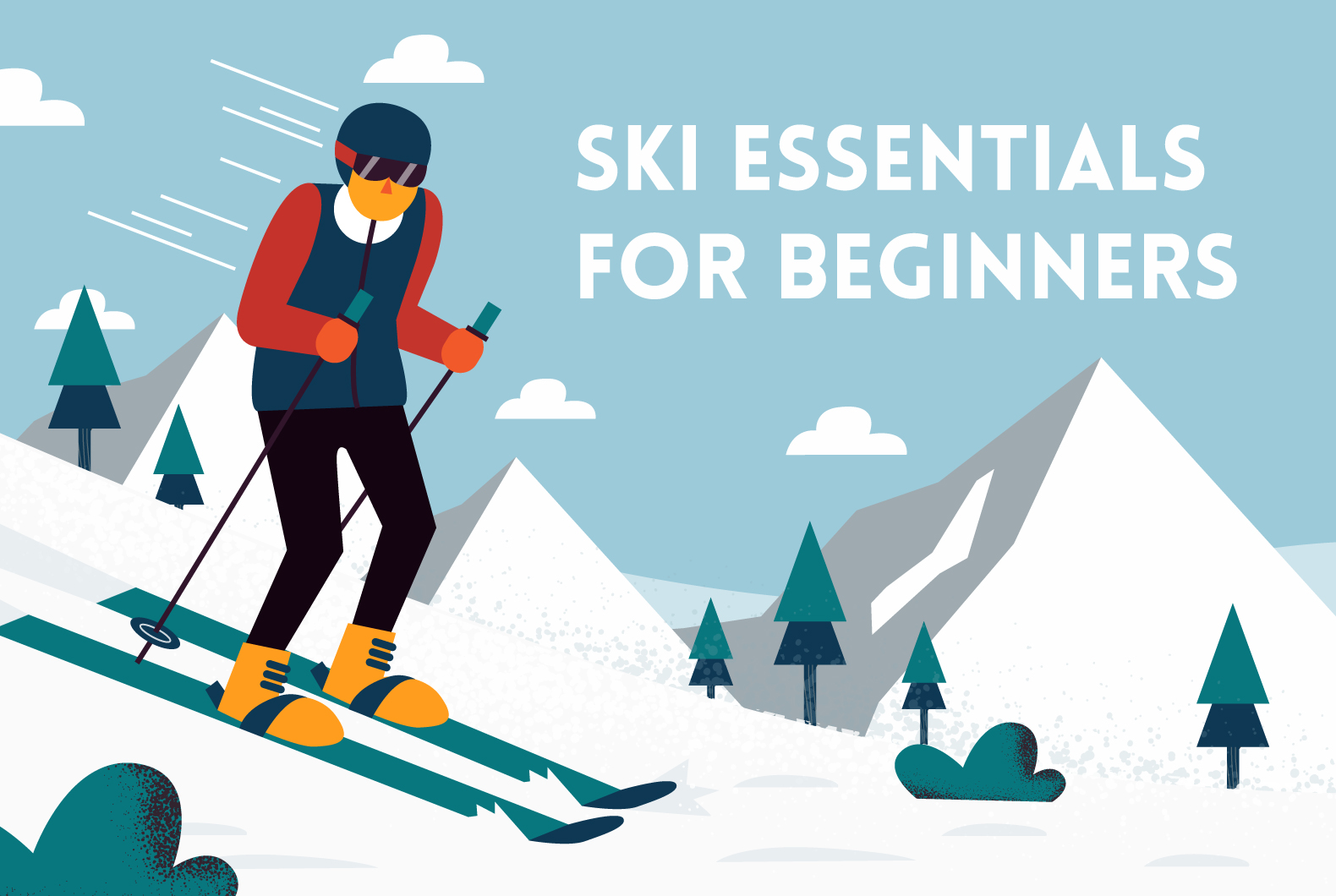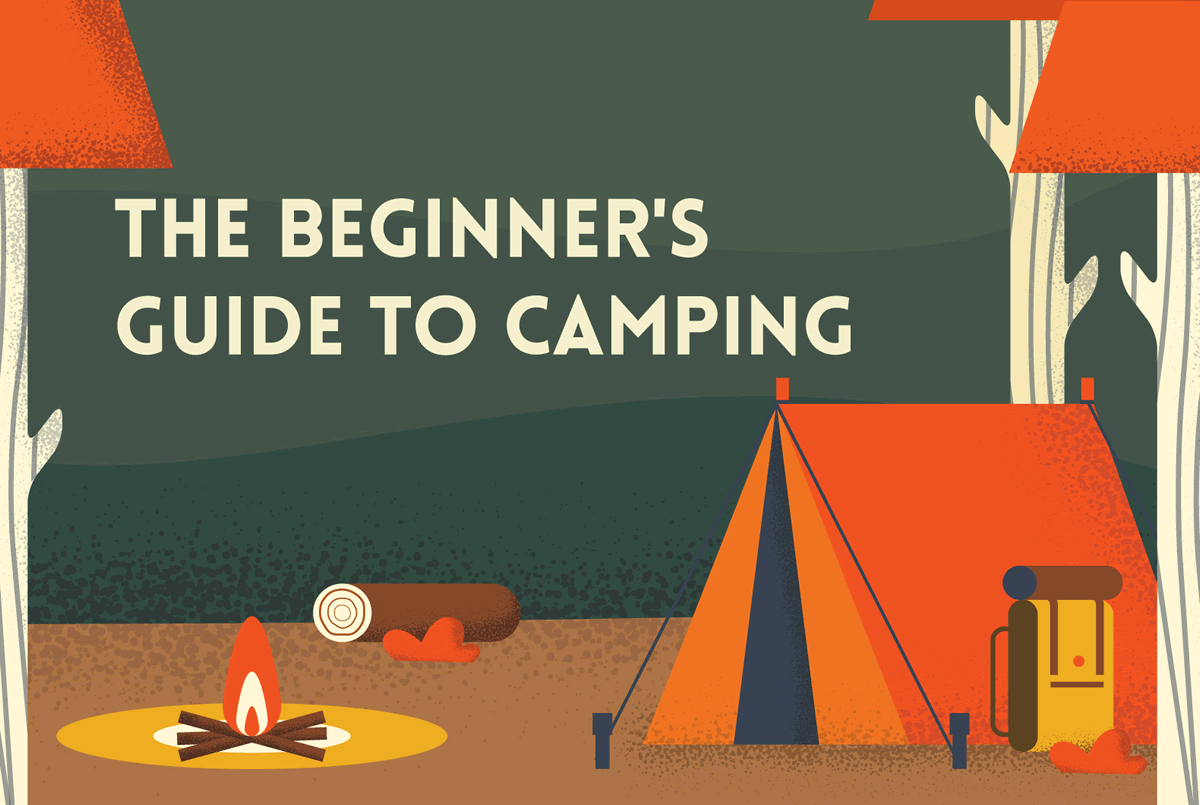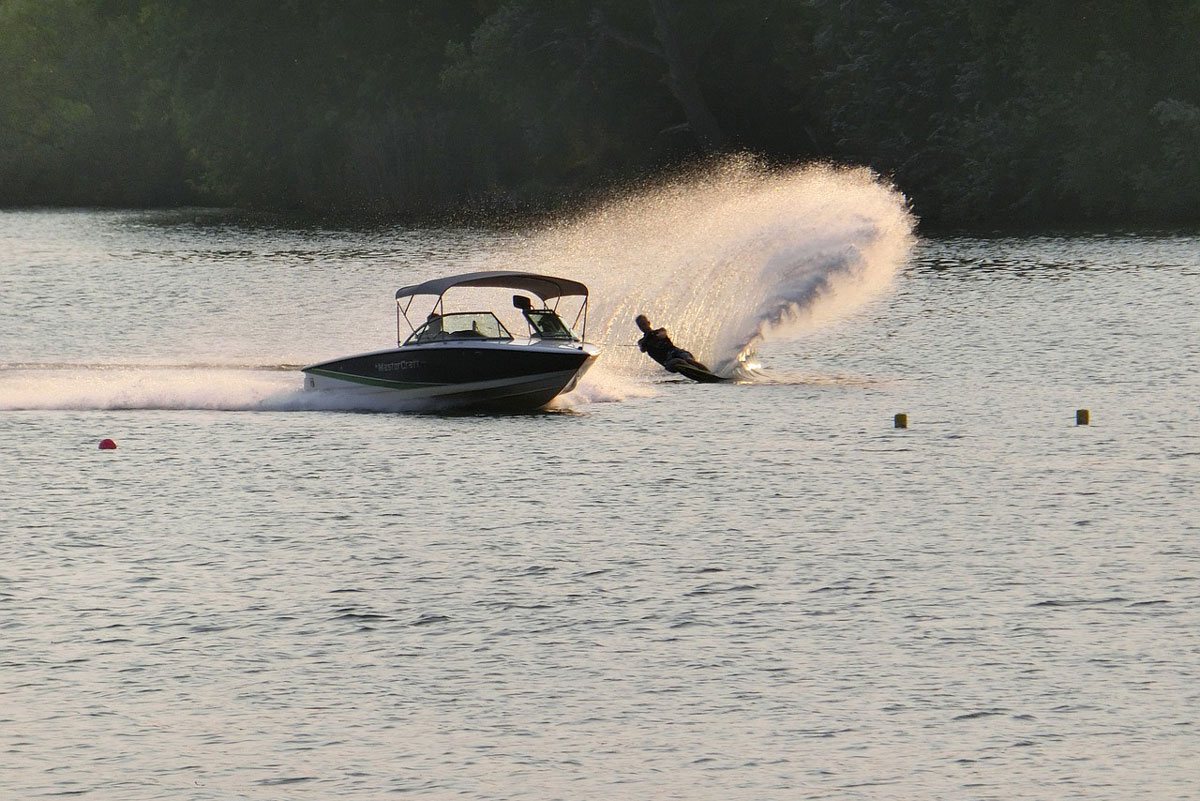Summer days are perfect for lacing up your hiking boots and heading into the great outdoors. The long daylight hours and clear and sunny skies mean you can expect unparalleled vistas, what’s not to like?
The downside to the beautiful sunny weather is the intense heat and humidity it can bring along. It’s what can turn a great day out into a potentially dangerous one.
While it may sound like we are being overly cautious, the statistics don’t lie. The hot weather brings an increase in heat-related deaths and search-and-rescue events (SARs) performed by the National Park Service, and it’s something that happens every year.
Most of these incidents are based on poor personal preparedness, including:
- Using improper clothing or gear
- Taking inadequate food and water
- Hiking beyond your abilities
- Having a lack of plan or knowledge of the area
Luckily, preventative measures and teaching people to “Hike Smart” has shown to make a big difference in the number of incidents. It’s all about educating yourself and taking some extra precautions.
We cover each of the above points so you can improve personal preparedness and stay safe in the heat.
Plan Ahead
Check weather forecasts: While you may have clear skies in the city, the weather can be vastly different in the mountains. Always check temperatures when planning your trip, and again before heading out.
There are several sites where you can check forecasts by zip code or location and that will give you temperature predictions by the hour.
Websites to try: National Weather Service and Weather Underground
Apps to try: Weather Live and 1Weather
When facing extremely high temperatures and unusual humidity, it can often trigger a surprise monsoon in the mountains, which can cause some real damage. Avoid potential dangers by keeping an eye on the weather and checking reports.
Keep your ambitions in check: A hot, humid summer day is not the best time to attempt that 10-mile trek with 2,500 feet of climbing you’ve been meaning to do.
If you are heading out for a hike, don’t be overly ambitious; choose a trail that matches your hiking abilities. You can always attempt a more challenging trail on a day that offers better trekking conditions.
Pick the Right Trail
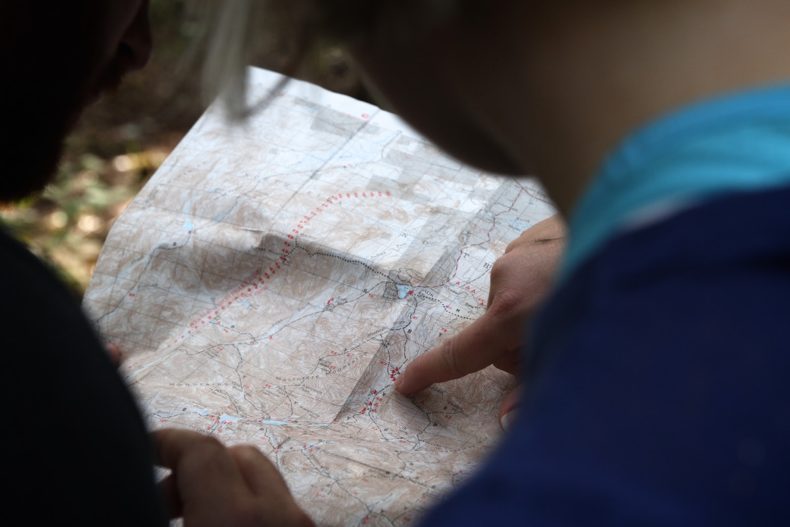
Choosing the right trail is about more than finding something that matches your hiking abilities. If you pick one that has no shade, you won’t have a good day out no matter how many layers of clothing you have on, how much sunscreen you’ve slathered on or how much water you’re drinking.
When choosing your trail, take these three things into consideration: shade, water, and elevation. Avoid trails that are in direct sunlight, look out for those near a good source of water, and go up to find more tolerable temperatures. You typically lose about 3.5 °F for every 1000 ft. you climb. Just remember to pack that sunscreen if you’re hiking a taller mountain.
Start Early
We understand that a lot of people don’t like to wake up early during the weekends, especially if you’ve been working hard during the week. However, if you want to go hiking during the summer, you’ll need to get an early start.
The temperatures reach their highest from 11 am to 2 pm, so you’ll need to get most of your elevation gain done before then, allowing for an easier time out on the trails.
During particularly hot days, the best thing to do is start your hike at sunrise and finish off by late morning. That way, you avoid the hottest parts of the day altogether.
Wear Appropriate Clothing
Having the right clothing and gear with you on a hike can make all the difference. While it may seem counterintuitive to wear long sleeves on hot days, in this case, they are your friend. You need to shield as much of your body from the sun as possible, and one of the best ways to do this is by wearing a long sleeved and loose-fitting shirt, a pair of pants and a wide-brimmed hat.
Invest in a good pair of UV-blocking sunglasses and slather sunscreen on all exposed parts of your body. The sun is stronger in the mountains, and you’ll burn faster, so you need to be more cautious than normal. Remember that you’ll be sweating off your sunscreen, so be sure to reapply often.
Here are some general tips when preparing what to wear:
- Choose light colors: Light colors will reflect the sun’s rays and help keep you cool. You should wear white, tan or khaki shirts and pants.
- It’s OK to wear cotton: All hikers have heard that cotton kills, as it can absorb a lot of moisture and it’s slow to dry, creating a dangerous and uncomfortable situation on cold or wet days. However, when the weather is hot and dry, the moisture can feel good against your skin, keeping you cool as it evaporates. If you do choose to wear cotton, make sure you’re comfortable with the way the wet fabric will feel against your skin. If you are going to be out for a while and the temperature might drop, be sure and take along a change of clothes, or choose synthetic fabrics.
- Keep your neck cool: A neck gaiter that protects against the sun, a lightweight cloth or bandana can be dunked in water and worn around your neck to keep it cool and provide sun protection.
- Wear the right socks: To avoid blisters, your socks should always be synthetic or wool, never cotton, and fit correctly. If your socks are too big, they can create wrinkles that rub and chafe, and if they’re too small, they can create pressure points.
Pack Some Extras
When temperatures rise, you need to be prepared and that means packing a few extras.
For one, we recommend packing an additional pair of socks. Your feet will sweat more than usual in the heat, so an extra pair of socks will come in handy if you started feeling uncomfortable and wet.
In fact, why stop at socks? Bring along a full change of clothes and leave it in the car so you can change into something dry and comfortable after a long sweaty hike.
Another item you won’t want to forget is bug spray. Hot weather and sweat is known to attract more bugs than usual, especially in canyons, so use those repellents to avoid annoying and itchy bites.
Hydrate, Hydrate, Hydrate
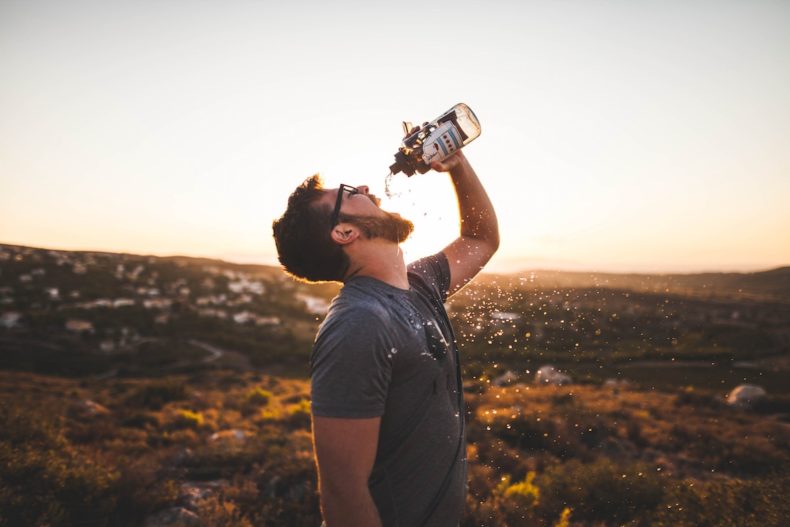
On an average hiking trip, your body can lose about a liter of water per hour through perspiration. During hot weather? You can lose even more water, even possibly doubling that amount.
You may not even be aware of how much water you’re losing in hot climates or high altitudes, as there is a rapid evaporation rate. That’s why it’s essential that you stay properly hydrated.
Dehydration can lead to a diminished brain function, resulting in impaired judgment and confusion. Your blood also thickens, meaning the heart is forced to work more arduously.
Avoid dehydration by following these rules:
- Begin hydrating before you leave: You need to start hydrating before you start your hike. Start drinking water at least an hour before you hit the trail.
- Stick to water: A beer might sound great on a scorching day, but alcohol and energy drinks are diuretics, so they can cause dehydration more quickly.
- Listen to your body: There are different opinions regarding hydration, with some experts stating that you should have some water before you get thirsty and others saying that you should only drink when you’re thirsty. Recent studies have suggested that you need to have confidence in your body, as it will make you aware of when it’s feeling dehydrated, so it’s important to know and listen to your body.
- Drink frequently: Don’t guzzle loads of water in one go, instead, take frequent sips throughout your hike. It may be a good idea to carry a hydration pack. While not essential, you’ll be more likely to hydrate frequently if you have a sip tube at the ready.
- Cold water is better: Your body processes cold water quicker. If possible, freeze your water bottle or pour in some ice, so it stays colder longer.
- Check your urine: A good indicator of your hydration level is the color of your urine. If you produce a significant amount of clear or light-colored urine, then you are suitably hydrated. If, on the other hand, you are having trouble urinating, or it’s dark yellow or brownish, that’s a possible sign of dehydration and you need to drink up.
Eat Salty Snacks
You need to rebalance electrolytes along with replacing the water you are losing through perspiration. To keep up your energy levels, you need to restore potassium and sodium, and their sources should ideally come from complex carbohydrates, as they are easier on your stomach and give you a more sustained and longer energy boost than consuming simple sugars. A great snack is trail mix and apples, or bring along some electrolyte drink mixes as well as water.
Take Breaks
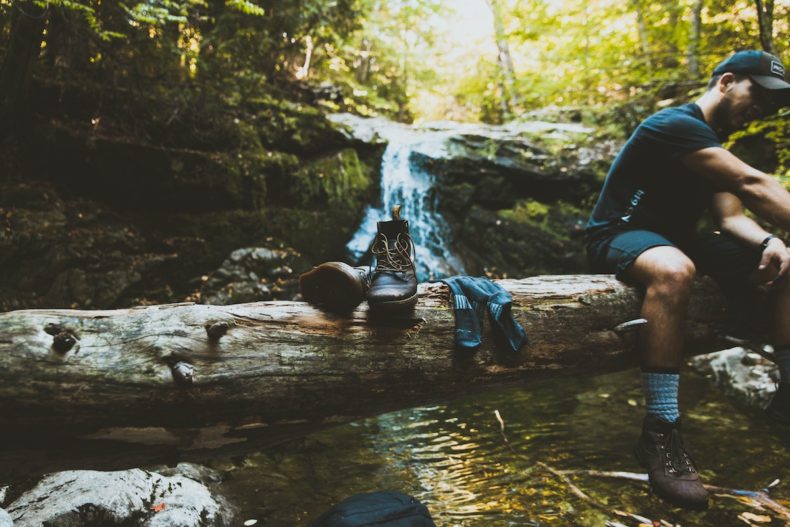
Take some time to sit down in the shade while you’re snacking and hydrating. When you rest for a bit, your muscles will get a chance to recover, and your sweat will evaporate and cool down your body temperature.
Watch For Common Health Concerns
Last, but not least, you need to familiarize yourself with some of the most common health concerns when it comes to hiking in hot weather. Educate yourself on potential issues, how to avoid them, recognizing symptoms, and what to do in the event of an emergency.
The best way to stay safe out there is to build up your knowledge and prepare for any eventualities.
Sunburn
One of the best ways to protect yourself from the sun is to wear sun-protection clothing along with sunscreen, which is absolutely essential.
Follow these application guidelines to help prevent sunburn:
- If your hike is going to last more than two hours, you need SPF 30 or higher sunscreen.
- Apply your sunscreen at least fifteen minutes before exposure to the sun.
- Reapply often, around every forty minutes, as you will be sweating more profusely than normal.
Dehydration
We’ve previously mentioned how important adequate water intake is when hot weather hiking. When you’re dehydrated, you not only feel crummy, but it can also contribute to other illnesses related to heat, such as heat stroke, heat exhaustion, and cramps.
Heat-related illnesses are preventable, so long as you understand the causes, and make sure you stay cool and hydrated while on your hike.
While the amount of water you need to drink will in part depend on your body’s needs, it will also depend on other factors, such as the intensity of your hike, the humidity and temperature levels, your body type, sweat rate and age.
A general recommendation is to drink around half a liter of water an hour if you’re in moderate temperatures and doing a moderate activity. If you’re doing more intense exercise or are in scorching weather, increase the amount of water you drink to, for example, a liter of water an hour for strenuous hiking. And remember, always listen to your body.
Don’t forget about your dog!
If you are bringing your dog along, remember that they also need plenty of water. If you are in a dry location, make sure that you have enough water for your pet and carry a small, packable bowl with you.
Overhydration
While drinking lots of cold water is recommended, there is a flip side to hydration, and it’s called hyponatremia, or overhydration. This is a rare condition mainly affecting endurance athletes such as triathletes, ultra runners and marathon runners, but you still need to be aware of it.
When you experience hyponatremia, your blood’s sodium levels become very diluted, and you get impaired cell function, causing coma and even death in extreme cases. Symptoms are very like dehydration: a headache, fatigue, and nausea, which can cause people to confuse it for dehydration and lead them to drink more water, exacerbating the issue.
To prevent overhydration, you need to monitor how much you’re drinking:
- Don’t drink too much: Drink a few gulps of water every fifteen minutes, and try not to drink more than you’re sweating. If you’re gaining weight during exercise, this is a definite sign of overdrinking.
- Add salt: As we mentioned previously, you should combine drinking water with drinking a sports drink with electrolytes and eat salty snacks.
Heat Stroke
When you are in a hot environment, it can overwhelm the cooling mechanisms in your body. When there is a combination of dehydration and a high body temperature, you are at risk for heat exhaustion, which can possibly lead to heat stroke, and this can be fatal.
If someone is suffering from heatstroke, it’s vital to lower their body temperature by dunking them in water if possible or keeping them wet, increasing evaporative cooling.
To avoid heat stroke and prevent consequences for this potentially lethal condition, it’s important that you know the signs of heat exhaustion and heat stroke, which include:
- Throbbing headache
- Cramped muscles
- Dizziness
- Confusion or disorientation
- Nausea
- Lack of sweating, even in high temperatures
If you or someone in your hiking party believe they are getting heatstroke, you need to stop hiking, find some shade and get cooled down as quickly as possible. You need to have a plan on how to get off the trail and don’t hesitate in calling emergency services to get assistance.
To prevent heat exhaustion, make sure you:
- Take breaks: Summer and hot days are not the time to break any personal records. Take more frequent and lengthy rest stops than you normally would.
- Stay in the shade: Find as much shade as often as possible, both when you are actively hiking and on a break.
Hot weather hiking can be dangerous if you are not well prepared. It’s important that you take these concerns seriously and take the necessary precautions. Always have a plan, get to know the trail, take the necessary clothing, water, and food, check weather reports regularly, and never attempt to hike beyond your abilities.
Stay safe out there!


